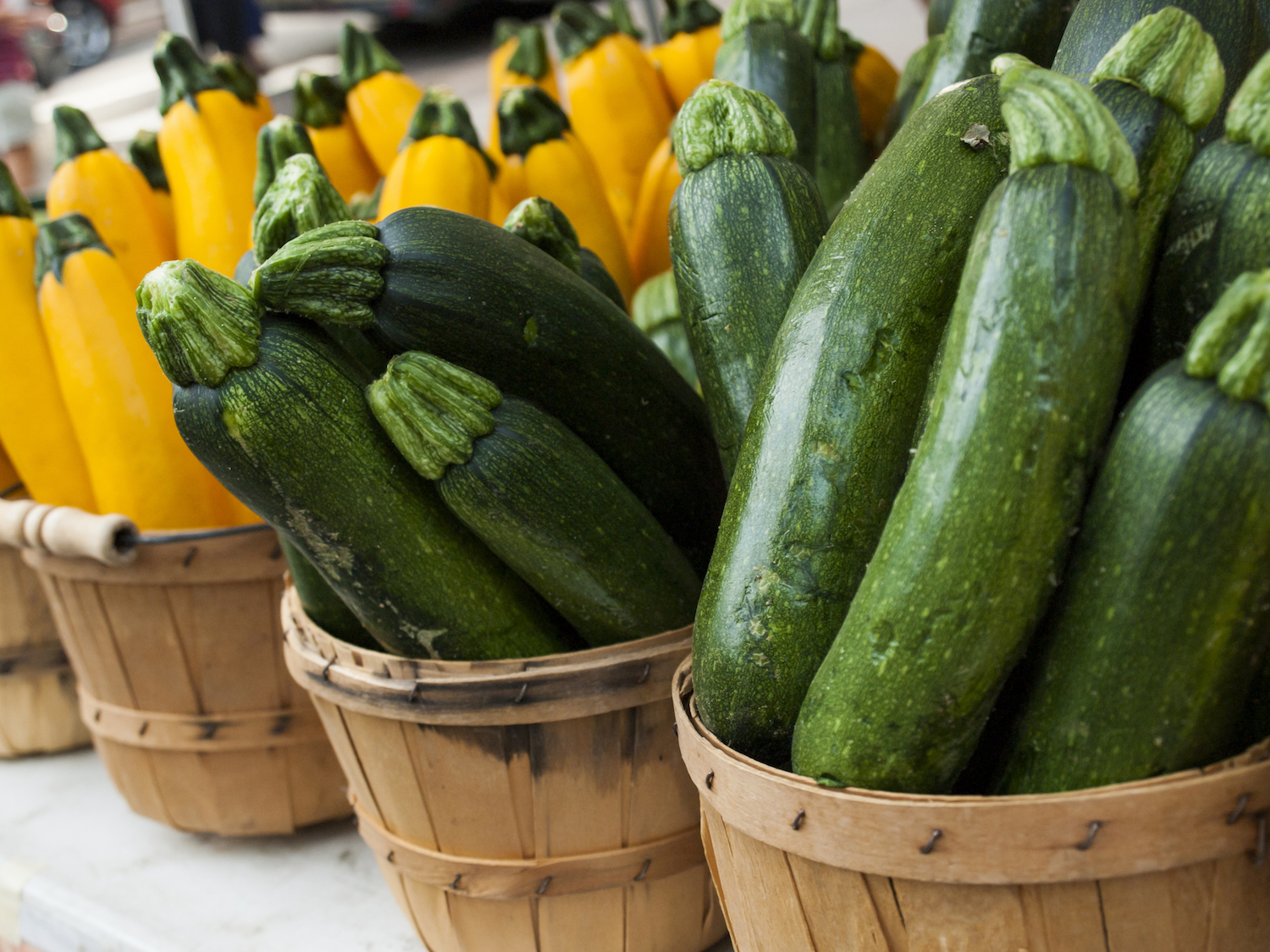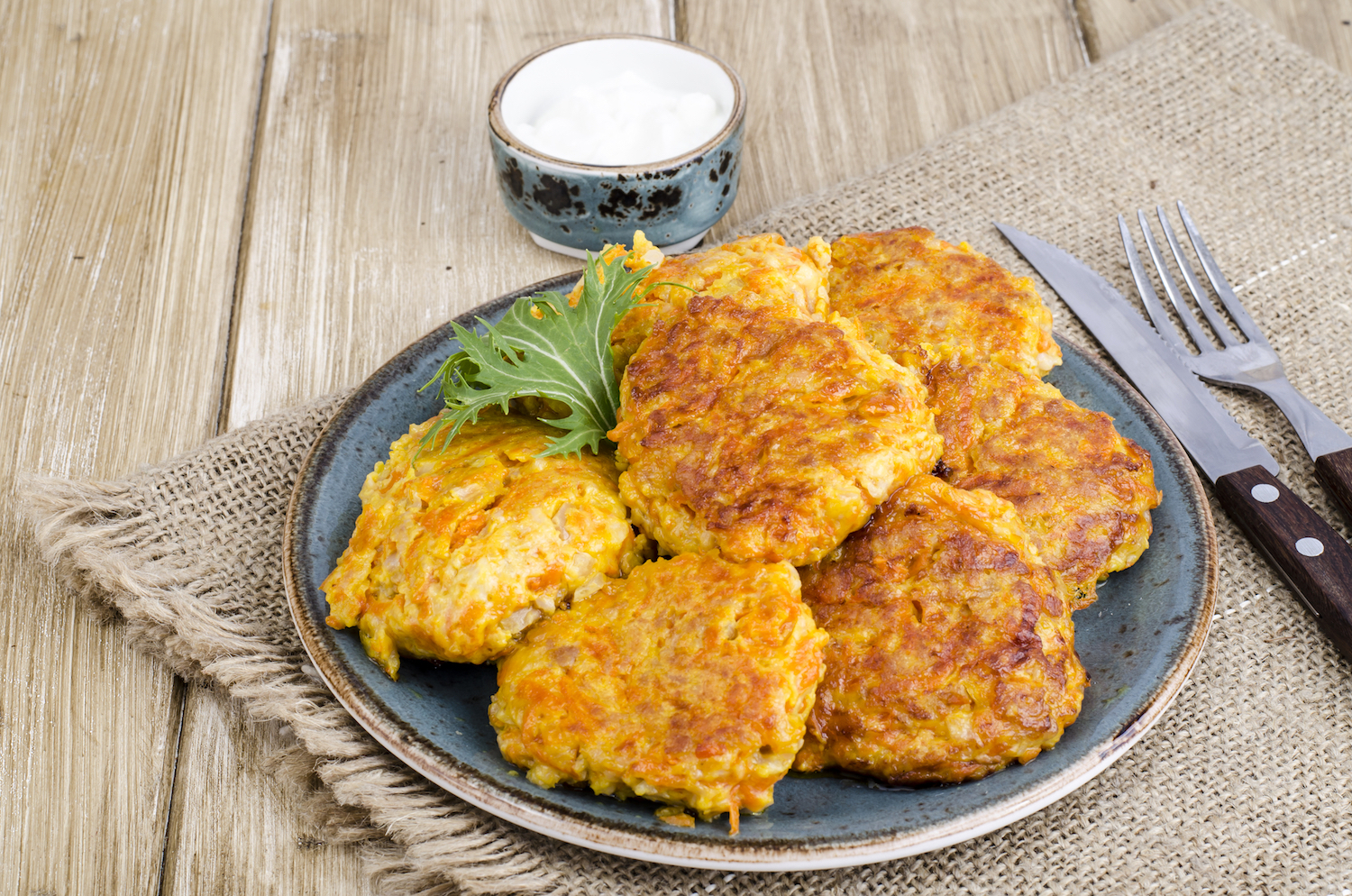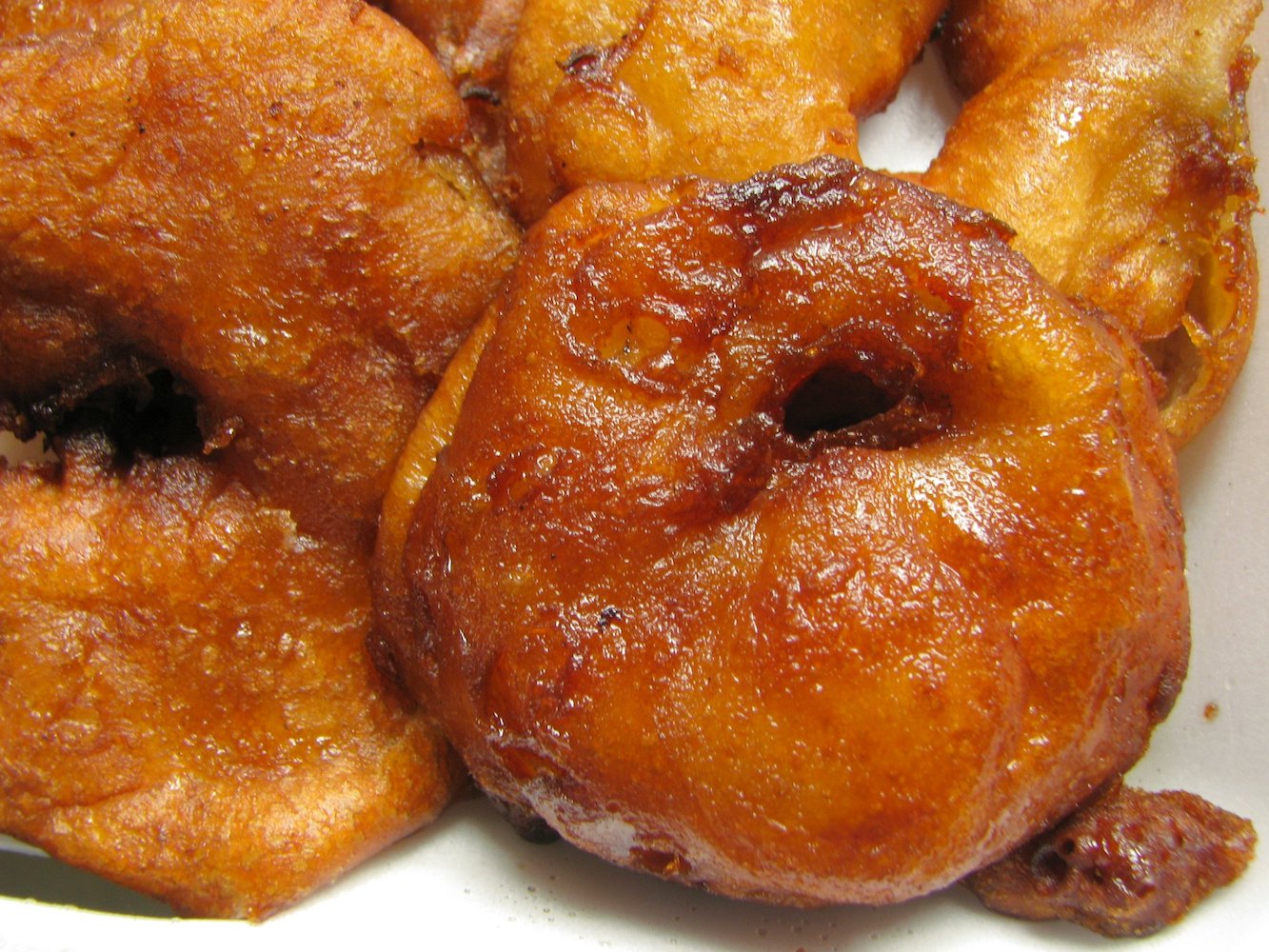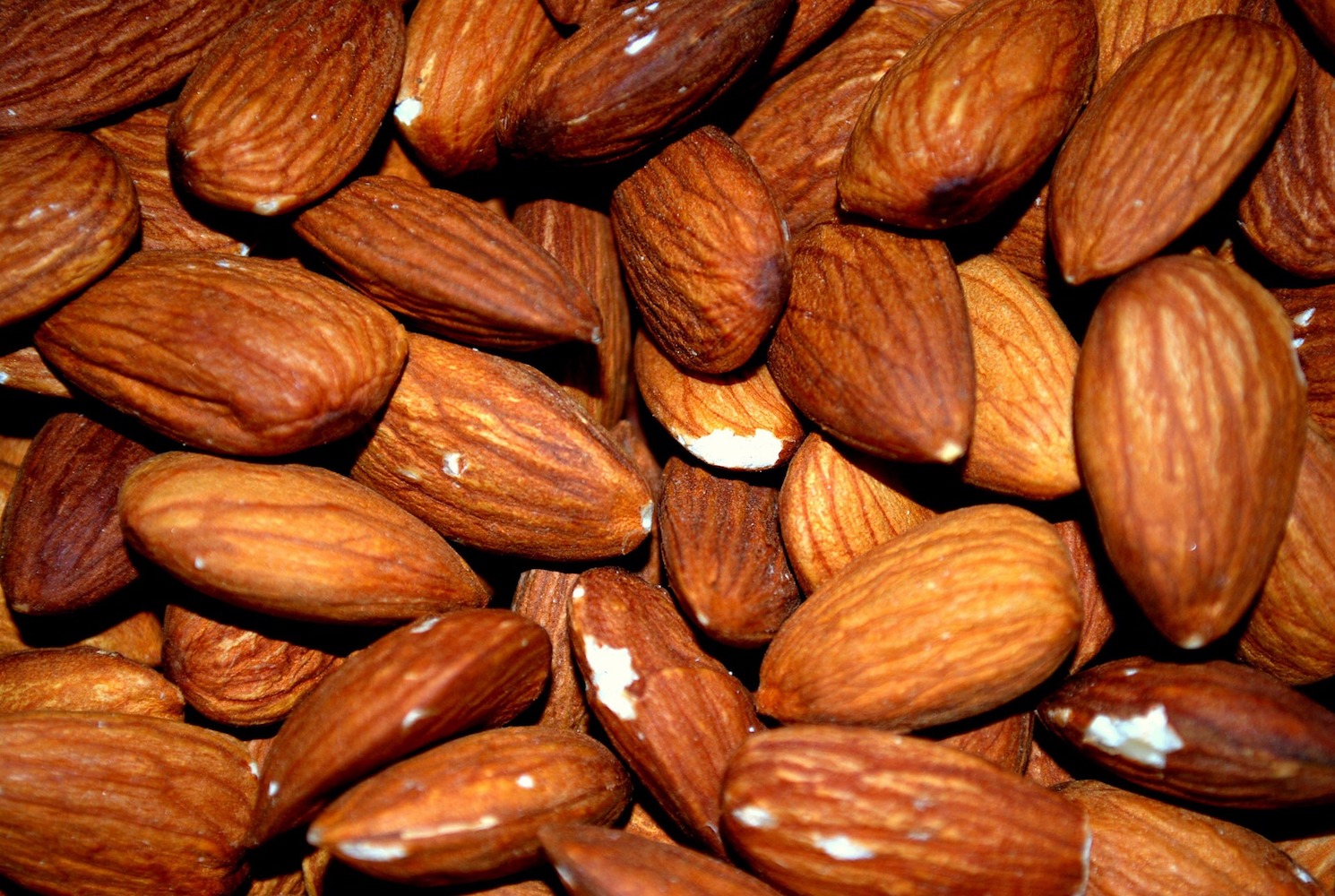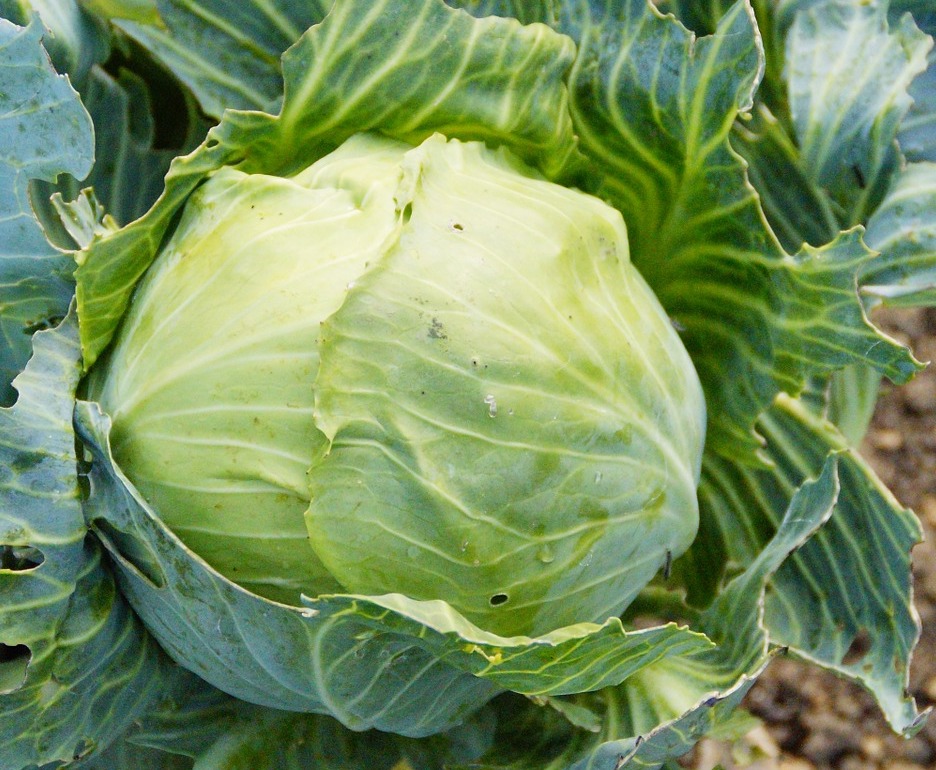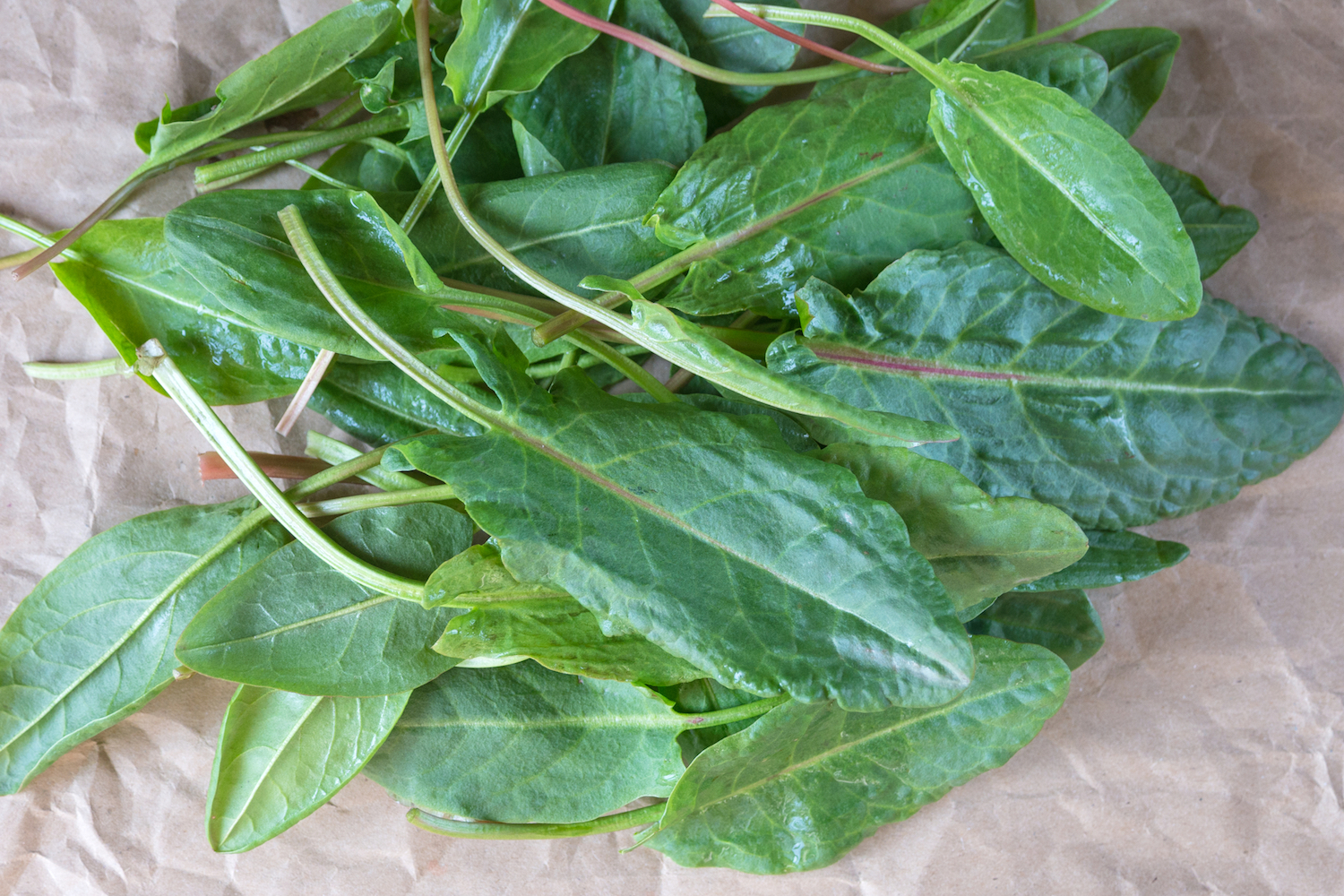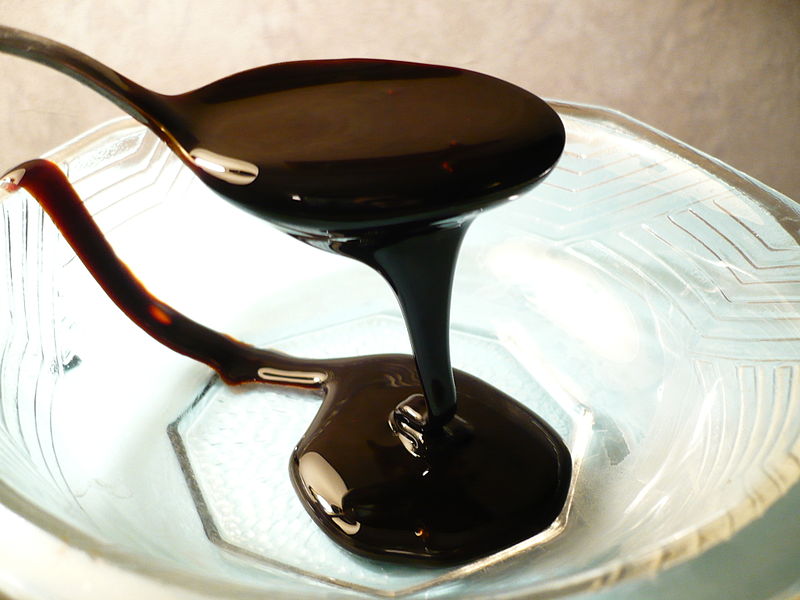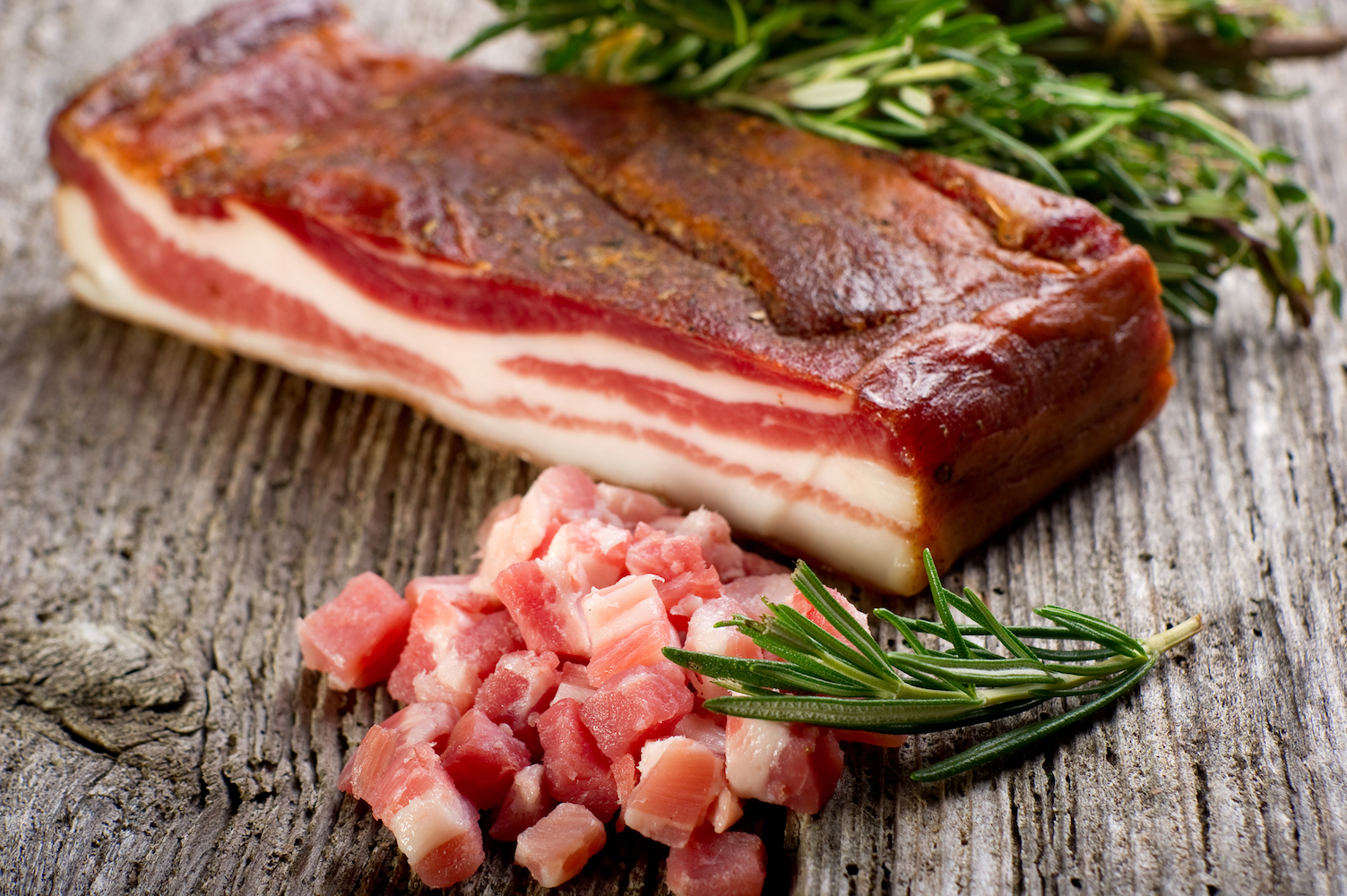Cooking Summer Squash
Summer squashes are picked before they’re mature. The rind is thin and edible, and you can also eat the seeds. But summer squashes can’t be stored like winter squashes. Some summer squashes in the U.S. are: Pattypan squash Crookneck squash Straightneck squash Zucchini (courgette) INFORMATION BELOW FROM 1800s COOKBOOKS: Summer Squash is a fruit vegetable belonging to the same class as eggplant, peppers, etc. and occurring in many varieties. The different kinds of this vegetable vary greatly in size, shape, and…
